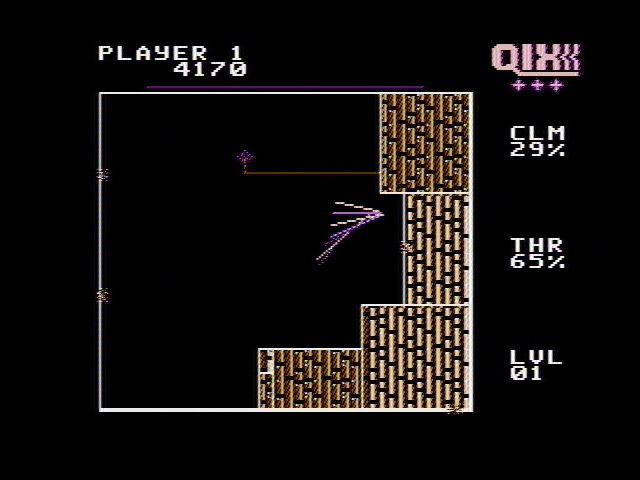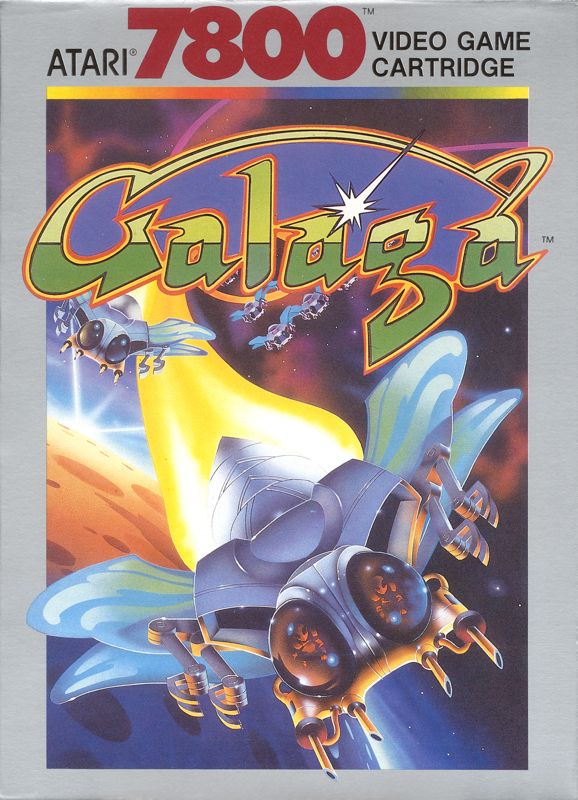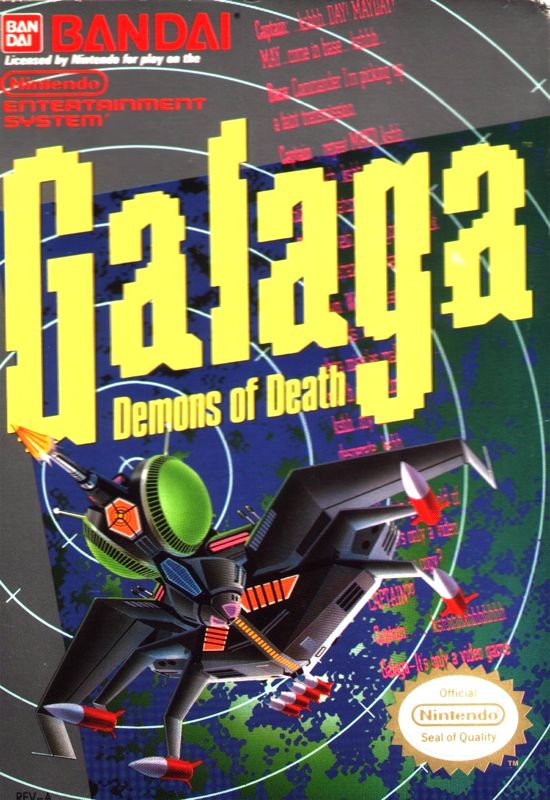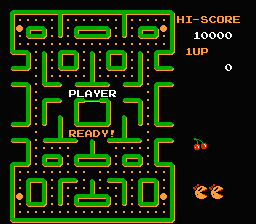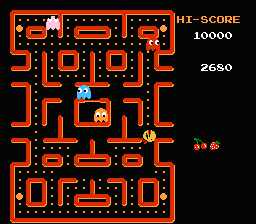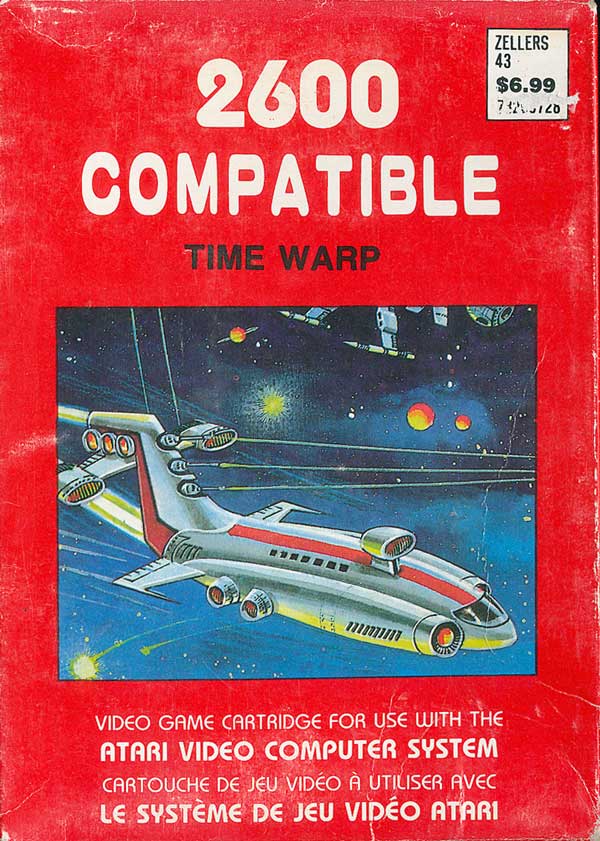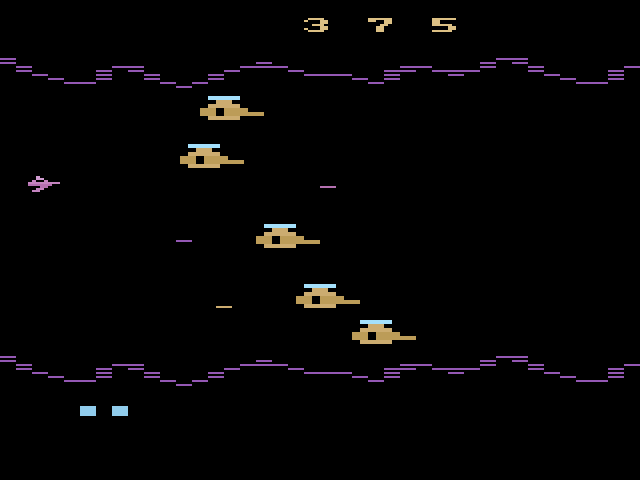Developer: Threshold Research/ Novotrade (port)
Publisher: Taito
Release: January 1991
Despite my hobby of playing and writing about old video games I don’t feel like I am that nostalgic. At least, I don’t feel the extreme nostalgia of our modern age. I’m not aching for things I like from my childhood to become new media, and I mostly find the recent nostalgia wave to be more of a cynical cash grab than anything else. My childhood had its moments for sure, but I wasn’t the happiest kid, and my life is much more fulfilling now that I am the adult instead. And yet, when I play an old NES game I love like Qix, it puts me back into my childhood. I feel like I’m back at my childhood home playing games all night with my brother. It’s interesting that I get this nostalgic feeling because while I did play this game with my brother, it wasn’t until I was in college. It takes a special game to evoke warm childhood memories that didn’t even exist. Now we did spend countless nights playing Tetris as children, and despite the two games being released several years apart and developed on different continents, I feel like there is a link between the two games.
Qix is a much older arcade game designed by the fairly enigmatic and wonderfully named husband-and-wife team Randy and Sandy Pfeiffer. Qix is their only major credit, and I’ve only found the briefest mentions of them online. No one is exactly sure how the game got its odd name (pronounced “kicks” instead of “quicks”), but one story is that it comes from a vanity license plate they owned which said JUS4QIX. I guess they were into the whole brevity thing. Qix hit the arcade scene in 1981 and became a fairly significant hit. There were a couple of ports within the next two years, but then like so many arcade games of the era is drifted off into relative obscurity. Luckily, it came roaring back in 1989 when ports would start popping up everywhere. The most famous from this particular wave of ports is likely the NES version, and it certainly ranks among the console’s most vital arcade ports. This is about as arcade as an NES port can be.
When you first start your Qix experience you are treated to one of the simplest set ups in gaming history. There’s just a white rectangle against a black screen with an odd line-based shape moving erratically. There’s not even any music. You play as a little dot moving around the outside of the rectangle. I usually discourage dot-as-protagonists in games, but Qix is about as story-free as it gets so it works. The object is to fill in the rectangle by drawing lines, and thereby making polygons within. It’s mostly gonna be squares and rectangles, but there will be more abstract shapes mixed in as well. The large moving shape is the titular Qix, and the object is to trap it in a tiny space by filling in the grid. Each level has a certain percentage of the play field that needs to be filled in to progress, but you get big bonus points for going over that number, and getting big points is what the game is all about.
If this was only a puzzle game about polygons it would be good, but Qix is filled with fast action as well. The cover art boasts that your mind is your only weapon, but fast reflexes and a bit of luck are required too. The qix moves randomly, so you never know where it’s going to end up, and if you get hit while drawing a line than you lose a life. You also can’t wait for the danger to pass because there are enemies called sparx that move along the perimeter and cause you to lose a life if you touch one. The only defense is to draw around them because they will only pass over completed sections. So you have to be constantly moving, constantly drawing, and always thinking about ways to trap the qix in as small as small a space as possible. I try to make little nooks that it will wander into, but you never can predict where it’s going to go. Sometimes you just have to cut your losses and trap it in a bigger space because if you wait too long more sparx will appear. This is action-puzzling at its finest.
Qix works because it is always a blast to play. It’s still a thrill every time I am able to capture a high percentage. Of course, getting a high score is just about all there is to do here. You have to put yourself back in an old school mindset to get the most out of your experience. It doesn’t even have milestones like in Ms. Pac-Man that you can use to claim the game won. The filled in areas do have patterns, but even these are random, so you can’t just wait for them to loop. This lack of closure might bother some, but you just have to free your mind and become one with the Qix, man. You’ll be happy you did.
So, we’ve already established that this is a great game, but why did it make a comeback in the late 80’s? This is pure speculation, but I think it was boosted by the Tetris effect. After Tetris became a smash, everyone started looking for their own puzzle game. This boom created space for many interesting games in the years to come, but luckily for Taito they had already created their Tetris several years prior. Qix gained a second life and was ported enough to become a staple. It’s nice to see two such great games boosting each other. I can’t wait to review all the other quirky puzzle games that came out in the wake of Tetris.
I have ranked enough NES games that a picture is starting to form about what I like and what I don’t. I really do love arcade games, but I don’t tend to rank them as high as classic Nintendo originals. So Qix is going in at #18 overall and #5 on the NES list just ahead of Galaga. It’s not quite great enough to unseat a Super Mario Brothers or a Zelda, but it’s a worthy edition to any NES library.
NES Quality Percentage: 17/32 or 53.12%


